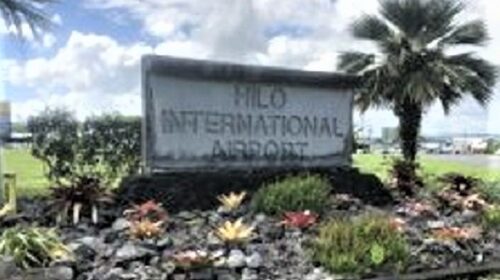Diesel Still Detected in Aliamanu Water: Navy Conducts Second Flush
The Hawaiʻi Department of Health (DOH) has released results from a U.S. Navy test in December that indicated a failure to meet DOH incident-specific criteria. Consequently, a second round of system flushing was conducted at Drinking Water Distribution System Recovery Plan Zone H2, which is part of Aliamanu Military Reservation. The data was validated by a third party.
One sample collected from Zone H2 detected Total Petroleum Hydrocarbons – Diesel Range (TPH-d) at 620 parts per billion (ug/L). DOH requires that TPH results for this emergency response fall at or below 200 parts per billion, which is the level considered undetected, in order to move to the next step in the flushing process.
Click here to download the laboratory report. The exceedance can be viewed on page 8.
The sample was collected by the Navy on December 26 following initial flushing of the water distribution system in Zone H2. Upon receipt of data indicating that the sample tested positive for diesel range organics above DOH’s incident specific parameter, the Interagency Drinking Water System Team made the decision to re-flush the system in line with its sampling plan. Besides DOH, Interagency Drinking Water System Team members include the U.S. Navy, the U.S. Army and the U.S. Environmental Protection Agency.
Zone H2 was subsequently re-flushed and sampling is currently underway. The new samples would need to meet DOH incident specific criteria before flushing and sampling of individual homes and buildings can begin.
The Navy laboratory tested for the two types of analytes: Total Petroleum Hydrocarbons (TPH) and Volatile Organic Compounds (VOC).
Drinking Water Sample Results for Total Petroleum Hydrocarbons (TPH)
Petroleum hydrocarbons are measured according to their length in 3 categories: Total Petroleum Hydrocarbons – Gasoline Range (TPH-g), Total Petroleum Hydrocarbons – Diesel Range (TPH-d), and Total Petroleum Hydrocarbons – Oil Range (TPH-o). For more information about TPH, please see the What are Petroleum Hydrocarbons Fact Sheet.
TPH results reflect the amount of petroleum hydrocarbons in the drinking water at the time of the sample.
DOH has set the TPH Project Screening Levels for this incident as not detected at less than or equal to 200 parts per billion.
Drinking Water Sample Results for Volatile Organic Compounds (VOCs)
VOCs are carbon-based compounds that evaporate easily into the air. Fuels and other petroleum products contain varying amounts of VOCs.
For more information on VOCs: https://www.epa.gov/air-emissions-inventories/what-definition-voc



